The Annapurna region of Nepal has long attracted hikers,climbers and locals to its beautiful landscapes and communities. For decades, trekkers have followed classic routes like the Annapurna Base Camp trail to experience its natural and cultural wonders.
The 11-day ABC trek offers ever-changing scenery as hikers wind through small villages, farm fields and up to sweeping views of towering peaks. Along the way, visitors interact with friendly Sherpa people and learn about their lives in this stunning high-mountain environment.
However, trekking in the Himalayas requires advance planning to handle costs safely and responsibly. Expenses can add up quickly if not budgeted properly. By understanding typical fees, visitors can fund their trip without worries.
This guide provides estimates for important expenses on the ABC trek. With careful research, travellers can enjoy this renowned route while protecting their finances. Preparing a realistic budget also respects the local communities and fragile areas.
The 11-day route begins at Modi Khola village at around 3,000 feet elevation. Day one involves a gradual climb through small Gurung farming settlements dotted with terraced rice paddies. An overnight stay in Chhomrong village provides valuable altitude acclimatisation.
The trail then winds upward past pastures and forests, crossing several steel suspension bridges over rivers. Vistas of towering Himalayan peaks regularly appear and disappear in the clouds. Camping under clear mountain skies, trekkers take in views of the surrounding hills.
After crossing a stream called Dovan, the path climbs through Primeview Lodge to Machhapuchhre Base Camp, named for the iconic "Fishtail" mountain shape. Further gains pass through colourful alpine meadows to the campsite at Annapurna Base Camp itself.
Reaching 13,550 feet, this windy site provides astonishing close-up vistas of the south face of Annapurna I massif. It's the symbolic high point before trekkers retrace their steps down through lodges like Bamboo. While muscles may ache, memories of rural villages, friendly people and awesome mountain scenery make the challenges worthwhile.
Overall it's a moderately difficult 11-day hike traversing diverse terrain and climates, culminating in staggering Himalayan views at Annapurna Base Camp that justify any physical effort for those fortunate enough to experience this landmark trek. Proper preparation is key to fully enjoying the journey.
Here's a breakdown of typical expenses to consider for the ABC trek:
Food: Expect to spend $25-35 per day on meals like dal bhat, momos, sandwiches and packaged snacks. The further you go from towns, prices may increase slightly.
Lodging: Guesthouses, tea shops and campsites range from $20-30 per night depending on location and facilities. Higher elevations only offer shared heated lodges.
Guides/Porters: Portering services are highly recommended, especially for solo travellers. This adds $10-15 daily to cover 2 porters and your guide's expenses.
Entrance/Conservation Fees: A $5 per day national park fee helps maintain trails and sustainability projects in the area.
Additional Expenses: Figure $5-10 daily for non-food items like water, extra snacks, batteries, tips and occasional small purchases from villages. Internet access may cost extra at lodges.
So in summary, having an average budget of $55-75 per day should cover most essential costs from food, accommodation and porter fees. The longer and higher altitude sections like ABC may see prices increase slightly. With some planning, it's possible to enjoy this famous trek affordably while still having enough for any extras you want along the way.
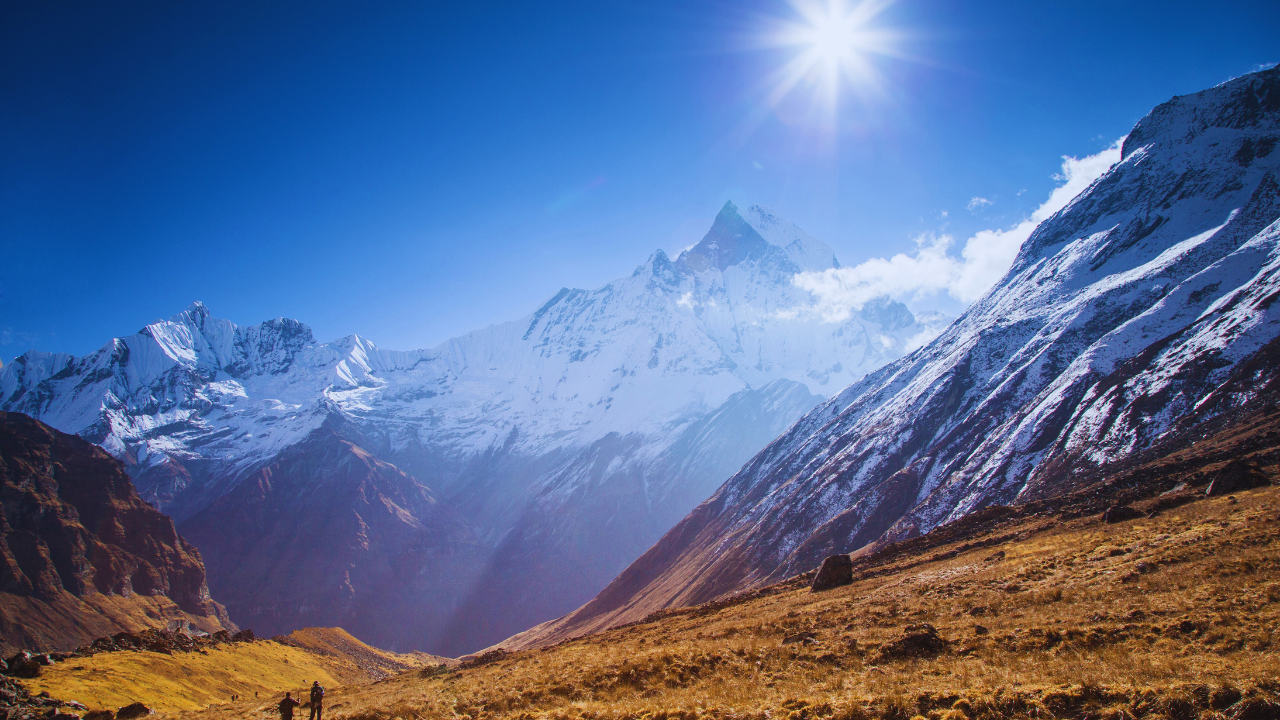
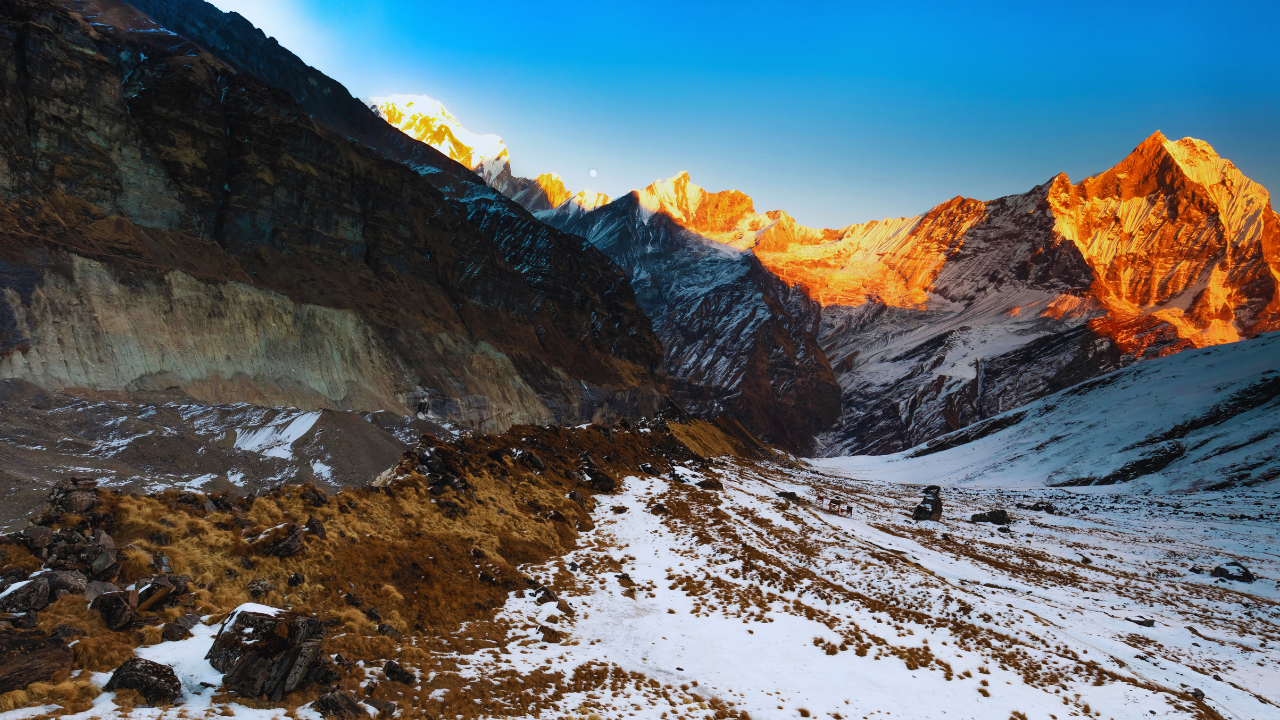
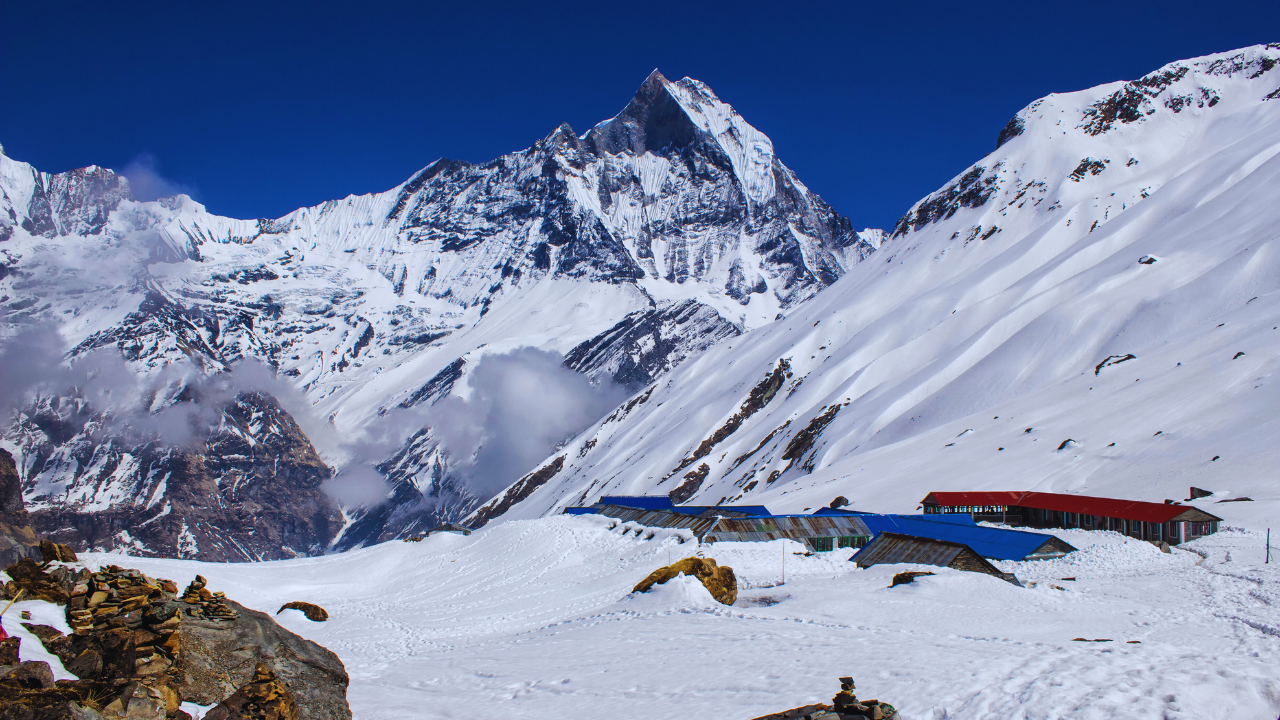
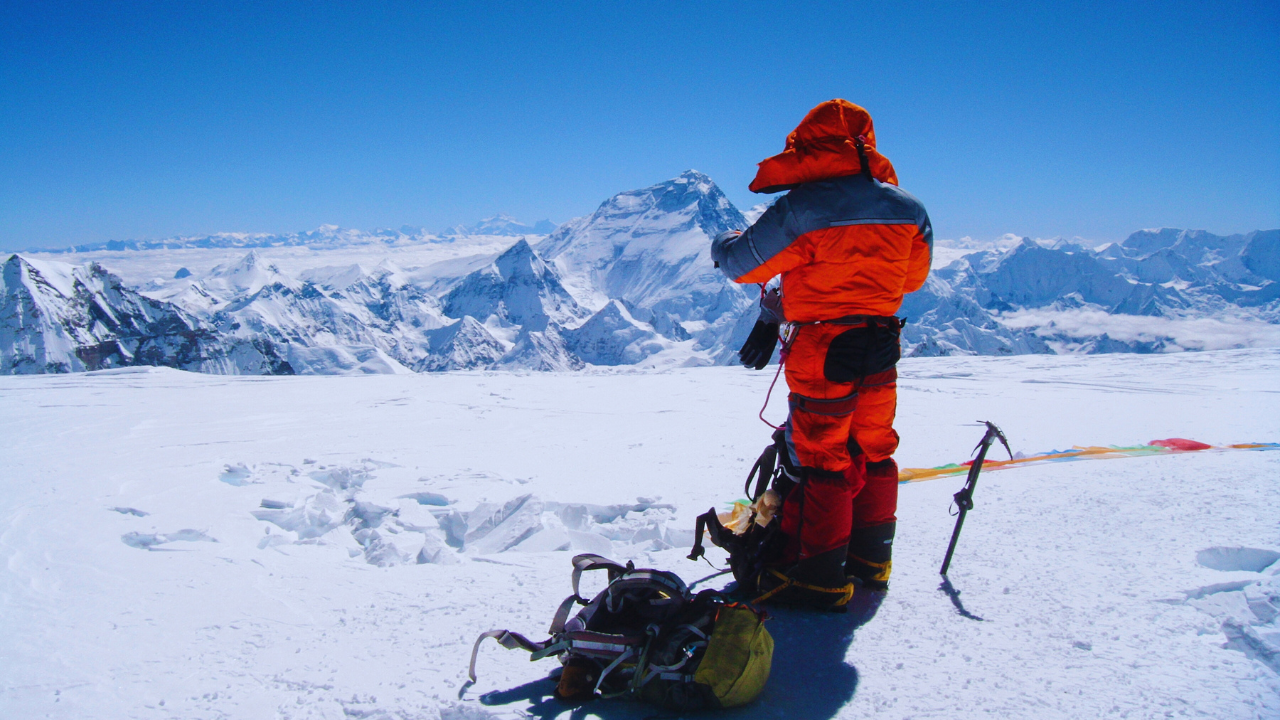



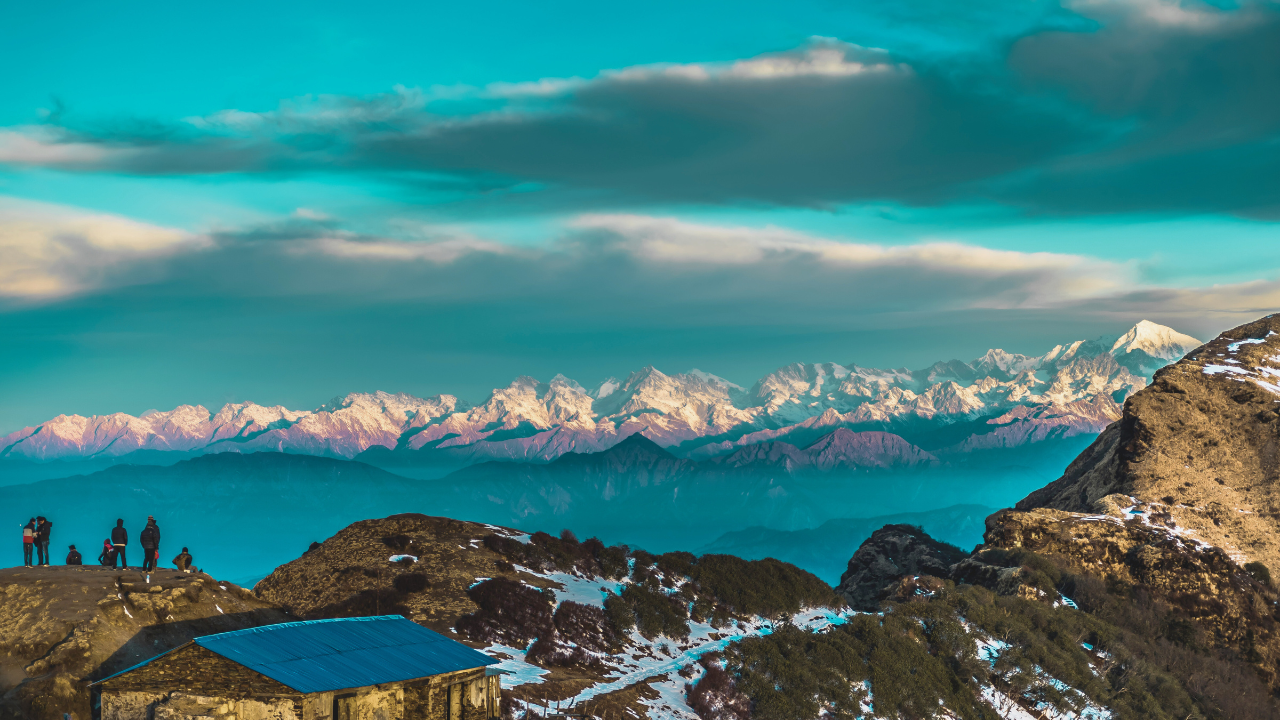







































Comments